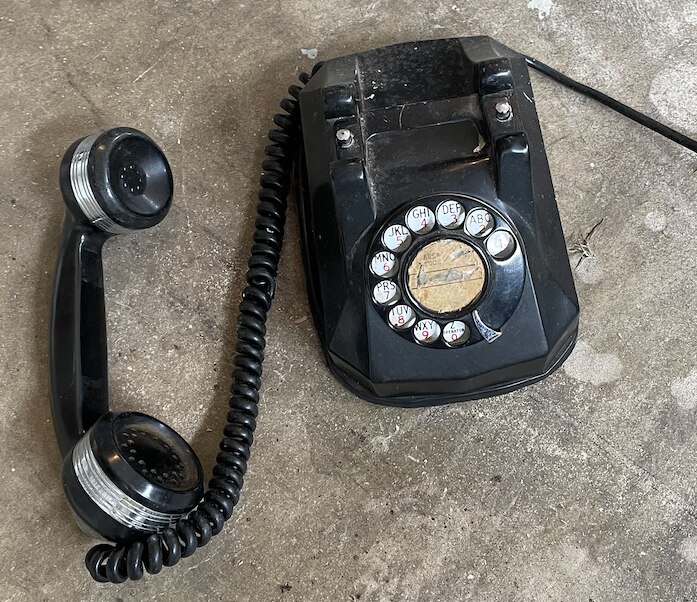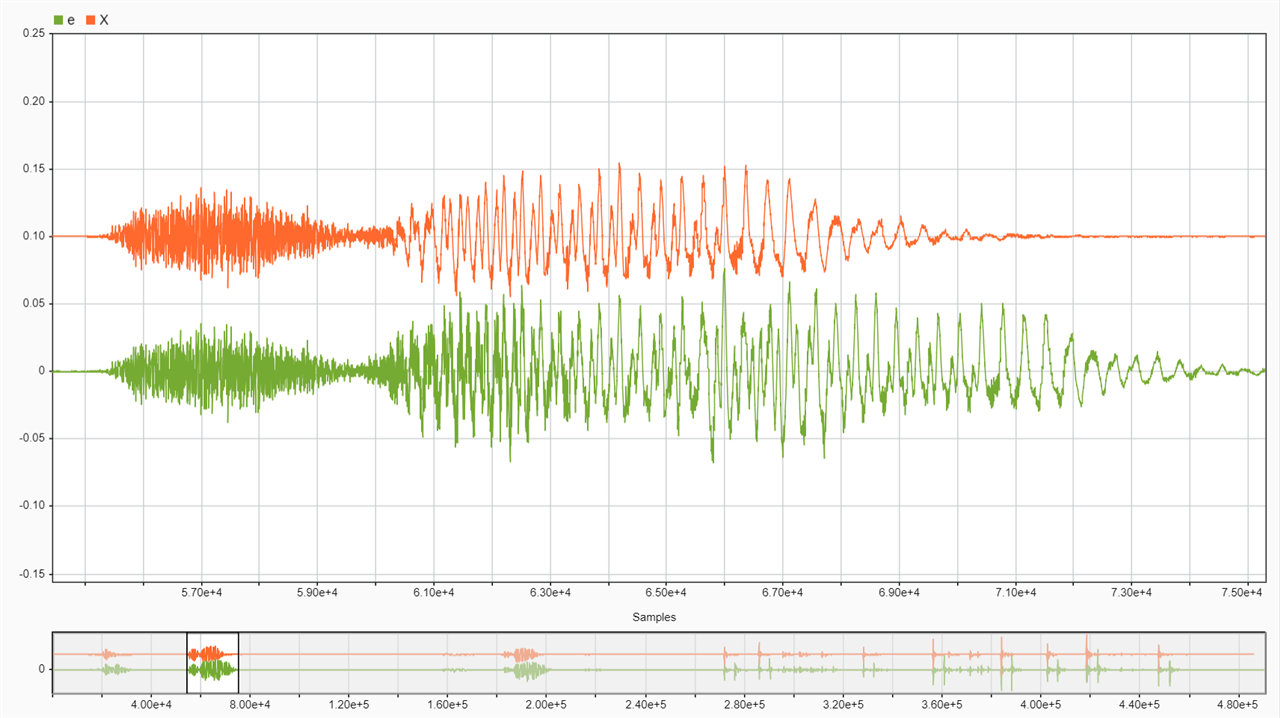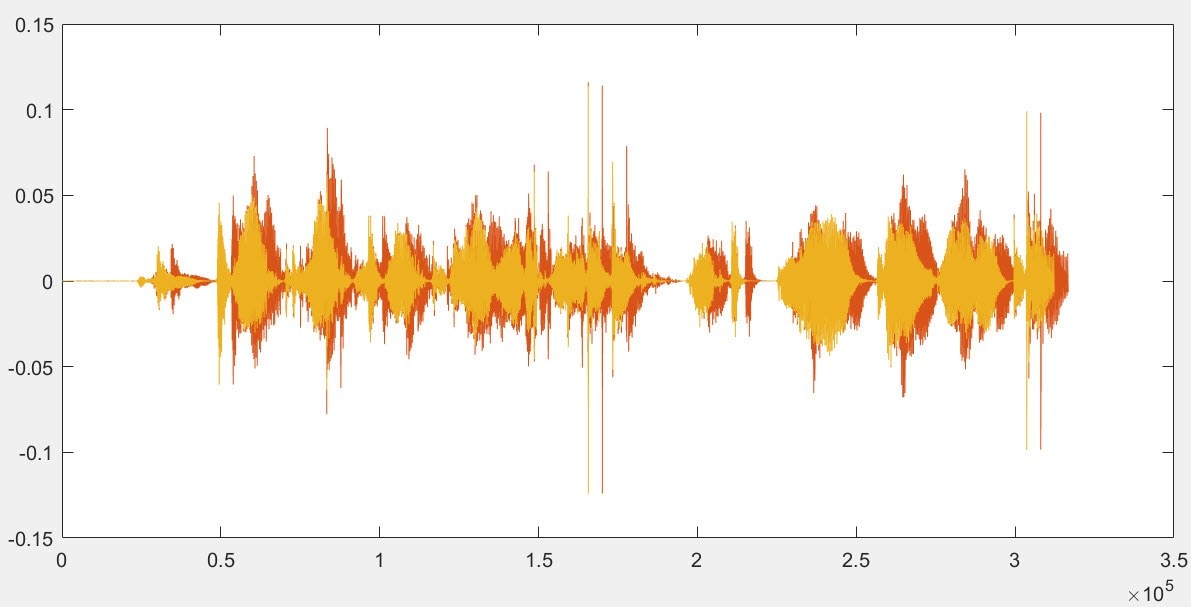Many years ago, one of the things that attracted me into taking telecommunications training was a demo illustrating the effects of echo on a person’s ability to communicate over a telephone.
The user picked up a plain old telephone handset and attempted to speak and, as with most telephones, as portion of the voice signal from the transmitter/mouthpiece was echoed back as “sidetone” via the receiver/earpiece. At some settings of the device, I found it very difficult to speak because of the echo.
A snippet from https://getvoip.com/blog/phone-echoing/ (Rebecca Drew) explains the effect I experienced:
Echoing interferes with our understanding of another person’s voice in a phone call, and it confuses a person who is speaking because they hear themselves on the line. The problem is the delay between the spoken word in the outbound call stream and its reflection in the return stream. …
If the delay is less than 25 milliseconds, it’s almost undetectable. If the delay is around 55 milliseconds, the user experience is similar to having 2 people saying the same thing at the same time (a chorus-like effect). This level of echo or delay, though noticeable, is tolerable.
Once a delay increases beyond 55 milliseconds it becomes very annoying and distracting to users. At this point, it becomes nearly impossible to carry on a conversation. For a normal user, the echo of their own voice will essentially break down the call by interrupting their thought process.
My hope is that I can reproduce this fascinating demo for use in student recruiting events.
Does anyone have any ideas, circuit diagrams, or resources that would help me get this done?
I don’t have a large budget, but I have access to many tools and electronics components to get this done from scratch. However, I also think a black box modifying a prebuilt device such as a musician’s effects pedal such as the MXR Carbon Copy, would do the job, making more efficient use of the limited amount of time I have available.



